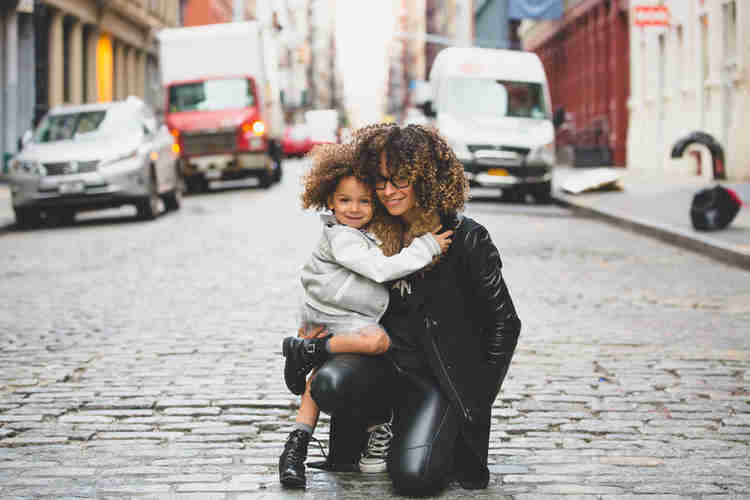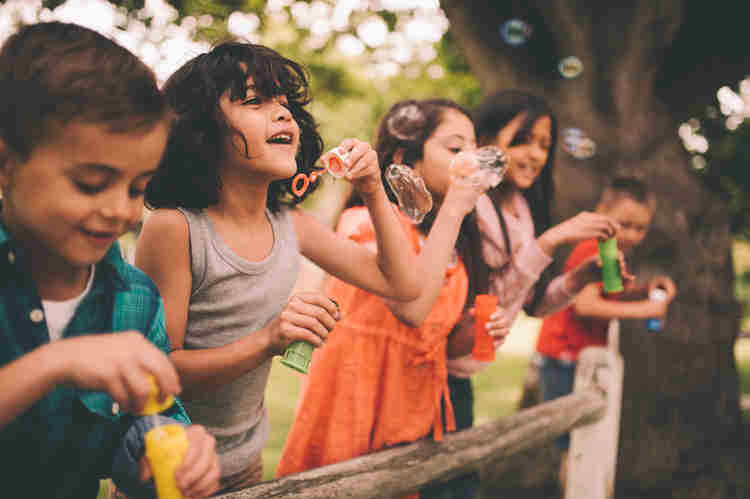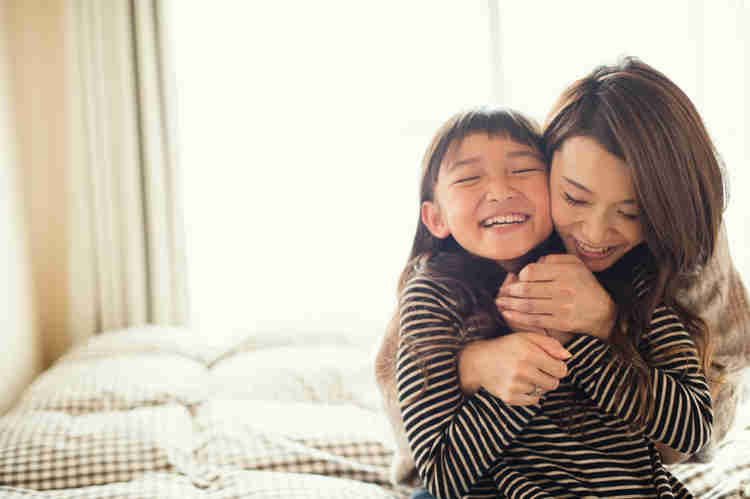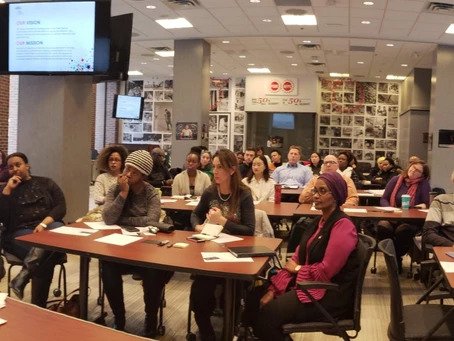Outrage over a recent hockey game reverberated through social media after a Black hockey player, Jonathan-Ismaël Diaby, was targeted by racist taunting and slurs. People are angry not only because of the racist incident in which a so-called “fan” called Diaby the n-word and mimicked a gorilla, while his family and girlfriend were harassed by fans in the arena. People are upset because of bystander apathy; over 1000 fans in the hockey arena watched as this racist incident unfolded and they did not intervene. According to Diaby, “My family was no longer safe, and I could feel it from the ice”.
Since then other Black families have come forward to share their experiences of racism on the ice. These accounts of racism present an opportunity for reflection both within ourselves and as a society, namely, what does it mean for marginalized people to navigate spaces which they should otherwise view as safe and accepting?
I sympathize with Diaby’s story and the families who have shared similar experiences. As a hockey and ringette mother, I spend a lot of time in hockey arenas. There have been times that I’ve walked into practices and games, often the only Black adult in the building, wondering whether someone will say something cruel to my children or myself, and worse, would people watch silently as an incident similar to Diaby’s unravels? How would I explain this to my young children who have occupied hockey arenas as safe spaces where they can enjoy our national game?
As a Black parent, I have had to navigate spaces that are supposed to be safe, such as school and extra-curricular activities, with my children who from a young age have experienced racism. Three weeks into the school year, a student on their bus stood up and yelled out, “Nobody likes Black people”! I have had to carefully and gently guide my children through complex discussions about racism and intolerance while comforting them as they navigate the spaces that should be safe for them.


Our neighbourhoods are supposed to be our safe spaces, where we can develop a sense of community and well-being. However, there have been times when my family’s safe space has been called into question. When “It’s okay to be white” posters appeared in our neighbourhood, I worried about the conversations I would have with my children if they came across these messages. My mother moved into our neighbourhood and joined the choir at the local senior centre. After a performance one day, a woman approached my mother and commented on her beautiful voice, “is it because you people sing to each other in the jungle?” she asked. In her upscale condo, my mother was often mistaken for the cleaning lady, despite living there for years. For some residents, she wasn’t the type of person to occupy these spaces.
Racism, misogyny, Islamophobia, transphobia, ableism are all deeply embedded in our society, and marginalized people must navigate their day-to-day lives with an awareness that they are not immune from discrimination and intolerance. It is difficult and exhausting to live with this awareness. It is also challenging for those who don’t live with this discrimination to feel the heaviness of the problem. It may be why an arena full of people stood by and watched silently as a man mimicked a gorilla to humiliate and taunt a hockey player. Most people don’t have to think twice about their day-to-day lives or what it means to navigate certain social situations where microaggressions and intolerance are pervasive and deeply harmful.
When I enter arenas for my children’s hockey or ringette, I sometimes hold my breath. I wonder what comments will be made to my children who don’t quite resemble the other players in the arena, or what will be said to the only Black person sitting with the fans. I am acutely aware that these are not spaces commonly occupied by people who look like me, much like Diably and the countless other racialized hockey players who take the ice and are belittled, degraded, and vilified because they are occupying spaces that are perceived by some people as not meant for us.
I also wonder about the trans child that wants to use the washroom they choose, or Indigenous child who picks up a book that inaccurately depicts the experience and history of their people. I wonder about the rabbi and imam who found swastikas painted on their synagogues and mosques; or the child on the autism spectrum whose parents may no longer afford therapy because of funding cuts. These individuals all have to occupy spaces where people choose not to accommodate them, not to accept them, belittle them, or even remain silent.


Our ability to occupy these spaces and feel safe and accepted is informed in large part by how those around them are willing to speak up when that safety is infringed or threatened. What are we all prepared to do to protect our communal safe spaces?
The incident with Diaby took place just before Pink Shirt Day, an international movement that began after two Canadian students refused to remain silent when a fellow student was bullied for wearing a pink shirt. It can be uncomfortable for some people to speak out when they confront incidents of racism and intolerance, but we get to decide the type of world in which we want to live and the kind of people we want to be. If we believe that every individual should have equal opportunity to play Canada’s national sport in a space where they feel safe and accepted, then we should be willing to overcome our social paralysis or indifference to speak out against discrimination. It is only when we remain silent that we enable intolerance and hatred to prevail.



